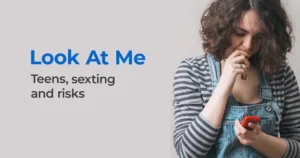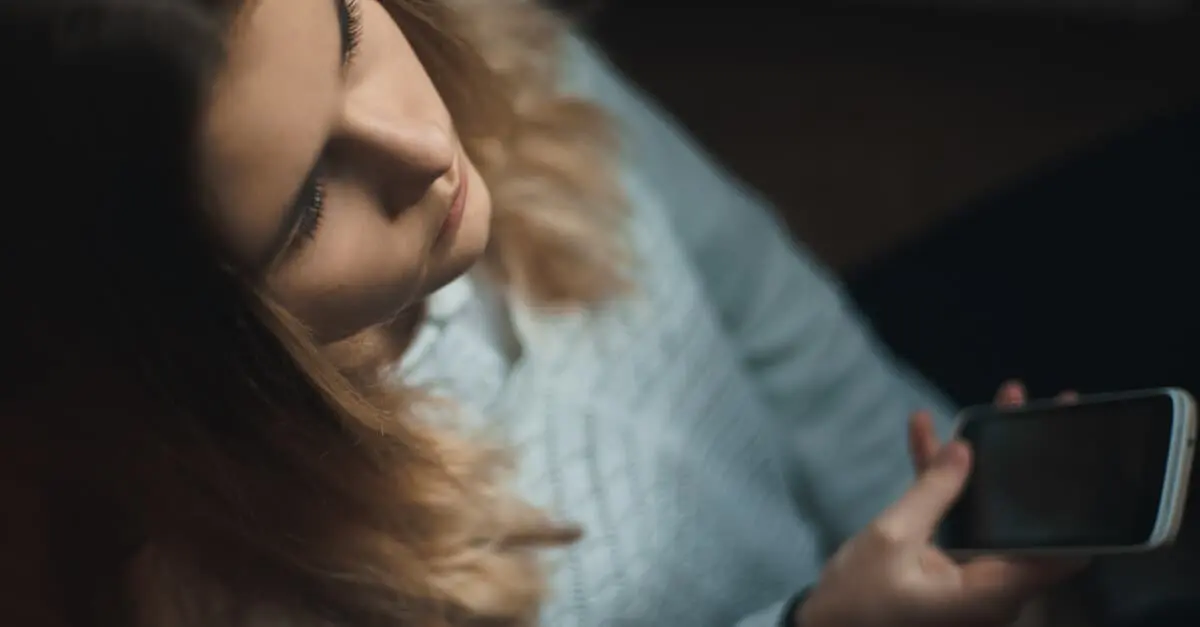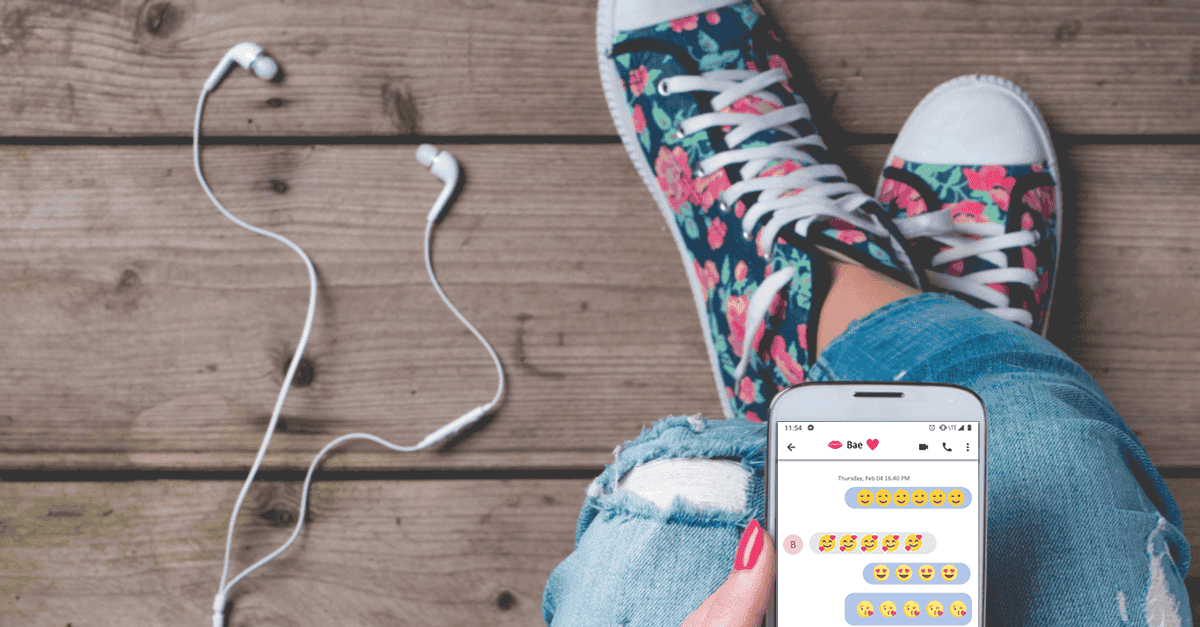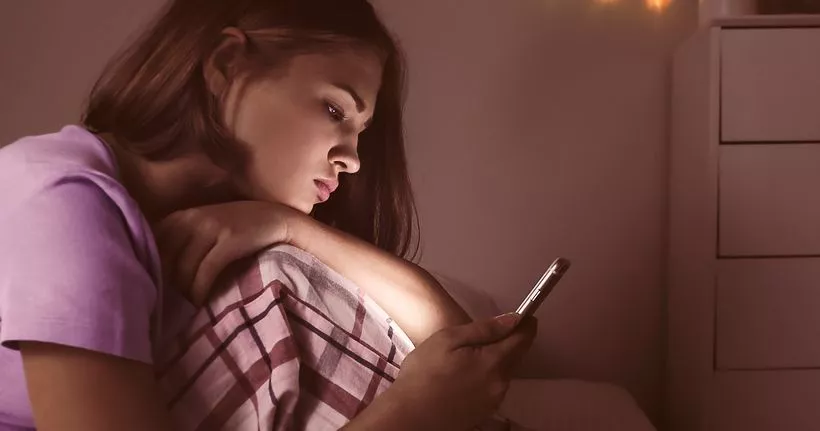Look at me – Teens, sexting and risks report
Highlighting the digital relationships today for young people
Explore what research shows about why teens share nudes and the related risks they encounter when sexting.

What’s on the page
What’s in this report?
This report draws from young people, some with vulnerabilities, in schools across the UK, including their thoughts and experiences of sharing self-generated explicit images, videos or live streams, and also the risks associated with doing so.
The study, in partnership with Youthworks and the University of Kingston, used a robust dataset of vulnerable young people’s online experiences around sexting and sending nudes. It further explored whether they faced particular repercussions as a result.
Read the full report
Explore the full guide or report summary below for insight into children’s experiences and the support they need online.
“For some teens, technology enables and facilitates relationships without harm, but others suffer intensely. This complexity is a challenge when teaching online safety. It should be taught alongside healthy relationships and issues of consent.”
“Sharing self-generated explicit images, videos or live stream may be a signal that a young person is also at risk of harm in other ways. Those who have ever shared their image (sharers) describe a range of other online behaviours and experiences of online aggression which suggests that they were also exposed to further potential harm, both online and offline.”
“It is most prevalent among those aged 15 and over, 17% of whom said they had shared a nude or sexual photo of themselves. But this is far from the whole picture because sharing nudes is far more prevalent among certain groups of already vulnerable young people.”
“A disconnect is perceived between adults’ view of and advice on ‘sexting’ and young people’s view of ‘sharing nudes’. As over 3/4 of teens who have shared images say ‘nothing bad happened’ afterwards, they might disregard adult online safety advice as it does not align with their experience.”
“Online safety advice from parents/carers and schools is missed or lacking for sharers and their compliance with that advice, if given, is low. Only 39% of sharers learned to stay safe online from their parents or carers, in contrast to more than half of the non-sharers, 58%.”
Supporting resources
 Close video
Close video
 Close video
Close video
 Close video
Close video
 Close video
Close video



